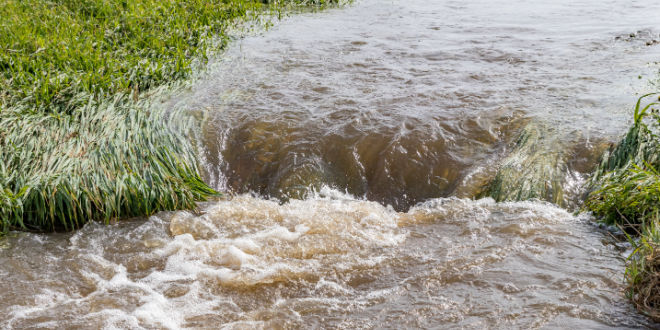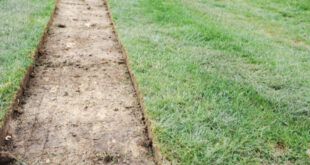The California Department of Water Resources (DWR) released the latest Semi-Annual Groundwater Conditions report, and the data shows that California achieved 4.1 million acre-feet of managed groundwater recharge during Water Year 2023, which is nearly the water storage capacity of Shasta Lake. The report also details an increase in groundwater storage of 8.7 million acre-feet.
Water Year 2023 is the first year since 2019 that there has been a reported increase in groundwater storage. A significant reduction in groundwater pumping in 2023 also led to favorable groundwater conditions, including a decrease in land subsidence, or sinking of the land. Some areas that had previously experienced subsidence actually saw a rebound (uplift) in ground surface elevation from reduced pumping in the deeper aquifers and refilling of groundwater storage.
According to DWR, groundwater storage remains in a deficit of nearly 40 million acre-feet over the past two decades, due in part to years of pumping out more water than has been replenished.
“California is invested in preparing for weather extremes by maximizing the wet years to store as much water as possible in preparation for the dry years,” said Paul Gosselin, DWR Deputy Director of Sustainable Water Management. “The impressive recharge numbers in 2023 are the result of hard work by the local agencies combined with dedicated efforts from the state, but we must do more to be prepared to capture and store water when the wet years come.”
During the 2023 Water Year, more than 1.2 million acre-feet of groundwater recharge was permitted by state agencies, more than 400,000 acre-feet of flood water was recharged using the Governor’s Executive Orders, and millions more acre-feet of managed and naturally occurring recharge was achieved. Groundwater recharge projects have proved critical during flood response, as we saw in 2023 when thousands of acre-feet of water were diverted off of streams, away from flood-prone areas, and put onto available open lands to recharge groundwater basins.
 California Water News Daily Your Source For Water News in California
California Water News Daily Your Source For Water News in California


